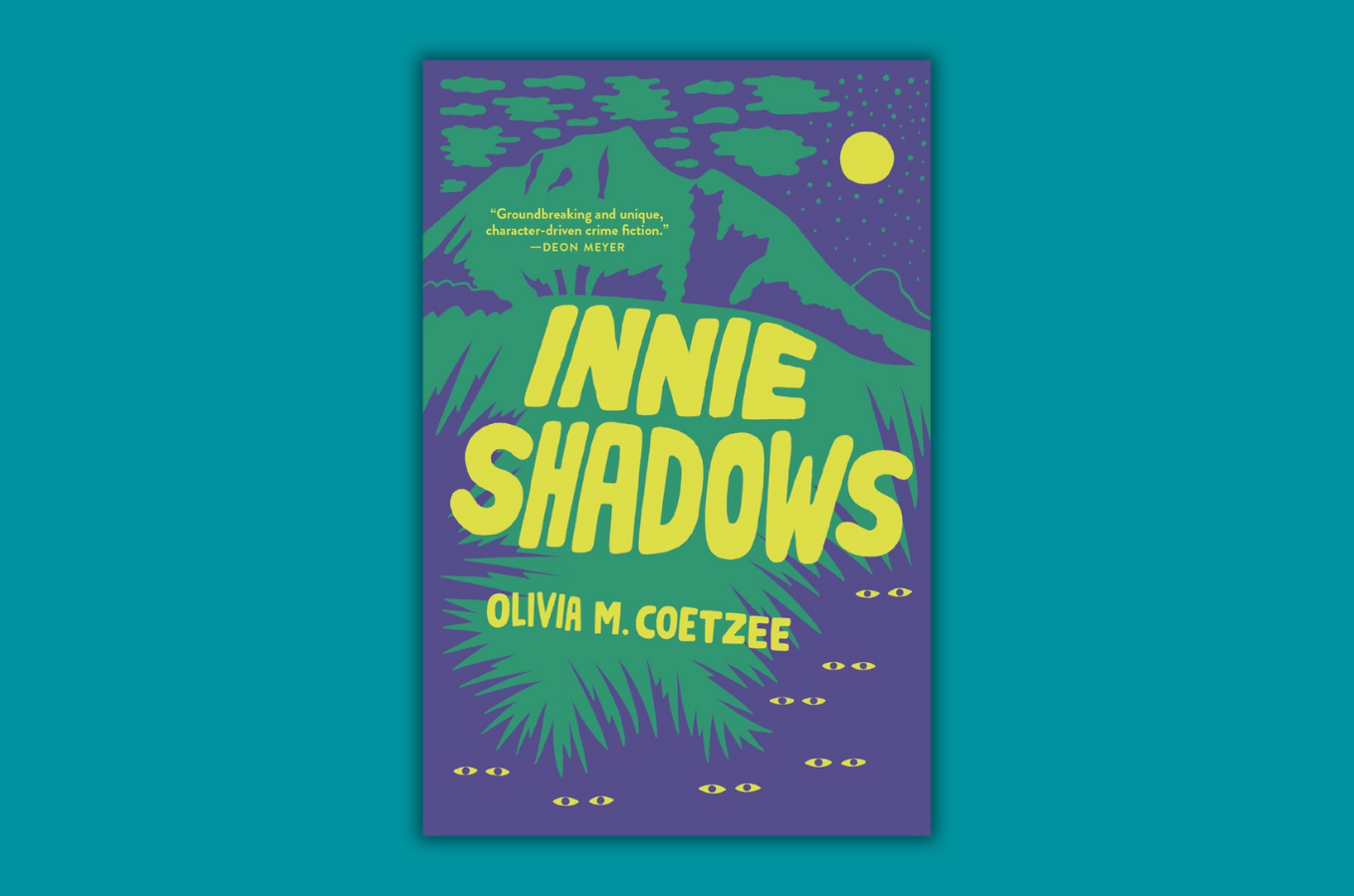
Where is Carl? This haunting question forms the heart of Innie Shadows, a gripping crime novel set in the gritty neighborhood of Shadow Heights, Cape Town. We published an excerpt from the first chapter earlier this year here and decided to take a deeper dive into this unique novel.
The story centers around Detective Ley, who is tasked with investigating the mysterious murder of an unidentified man. As Ley delves deeper into the case, she becomes entangled in a complex web of violence, addiction, and corruption that plagues the community. Far from a straightforward mystery, Innie Shadows, weaves in a riveting, poignant exploration of the characters at the margins of Cape Town. The novel switches viewpoints, narrating the voice of several characters, including Carl himself, providing thoughtful insight into their struggles with poverty, discrimination, homophobia, and addiction, without relegating them to realm of the criminal or immoral.
The friendship between Detective Ley and Nique grounds the narrative and the death of Carl in the all too human feelings of love and loss. Nique’s memories of tender moments with Carl switch abruptly to “The first time Carl stole from her…” — a shift that maintains the earlier tenderness without shying away from the harsh realities of living in a place like Shadow Heights. This shifting between the past and present in the form of the characters’ memories maintains intimacy in the face of the brutal realities of drugs and corruption that lead to Carl’s murder.
Most notable, the novel’s distinctive voice, rooted in the Kaaps dialect, adds authenticity and depth to the narrative. Innie Shadows is revolutionary: it is the first novel to be written in Kaaps and translated into English. Further, it is Olivia M. Coetzee’s debut, published by the excellent independent Canadian House of Anansi Press. Speaking with the acquiring editor, Shirarose Wilensky, we learned that she acquired this book from Modjaji Books, a small independent press that publishes the writings of Southern African women. She writes
I was intrigued by the book’s plot and themes around a marginalized yet vibrant community struggling with poverty and prejudice, and by what she told me about the book being written in Afrikaaps, a language that was until recently a spoken language only, and the language spoken by people of colour in the Western Cape of South Africa. This seemed to resonate with the revitalization and restoration of Indigenous languages in Canada.
Afrikaaps, also known as Kaaps, West Germanic African language that evolved in the Western Cape province of South Africa. Since the early 2020s there has been a significant increase in the number of works of literature published in Kaaps, and an academic project to create the first Kaaps language dictionary was launched in 2021. Since Kaaps is mostly spoken by the working class “colored” community in the Cape Flats, it is highly stigmatized and often associated with low status and comedic dialogue. Innie Shadows, as the very first English translation of a Kaaps novel, begins to lift this stigma around Kaaps, drawing global attention to the language and people who speak it. It also legitimizes Kaaps as a literary language.
Olivia Coetzee talks about her use of Kaaps and how it compares to previous attempts to use the language in fiction:
…It was my supervisor at the time who suggested I rewrite the manuscript in my home language, Kaaps. At the time I didn’t think it was possible to produce prose or long-form fiction in Kaaps, as Kaaps as a written language was mostly used in poetry and theatre plays, or movies, and when it was used in fiction literature, it would mainly be used as dialogue. Many Kaaps poets like Adam Small, Nathan Trantraal, Peter Snyders, and others who have written in Kaaps before was a stronghold for me to reference from how to write in Kaaps, but also to note that many times I just stuck to how I thought it should be written, when other Kaaps writers, like the above mentioned, would write a word in a certain way in Kaaps, the way I wrote it was different.
Speaking about the process of translating her work, Coetzee shared
Translating in English was again something familiar but at the same time new, as most of the work I’ve translated was from English and Afrikaans to Kaaps. So, taking on this project was a first. I speak English, but as a second language. And during the process of the translation, I had to keep in mind that I am translating for specific English market, and many words that would be familiar to a South-African English reader, would be confusing to others…And for nicknames being so personal and subjective to an area, and maybe even a culture, I think it was more important me to stay safe and protect the readers from having to battle it out with the nicknames of the characters, when the real battle for the reader, to me, lies with the demons of Shadows Heights.
Coetzee is excited about the future of this project. “So, the next part for me with the original Kaaps version is to produce the film and series spin-off in Kaaps with Afrikaans and English subtitles,” she said. Such a suspenseful, character-driven novel is sure to make a fantastic film. In the meantime, get a copy of Innie Shadows here!


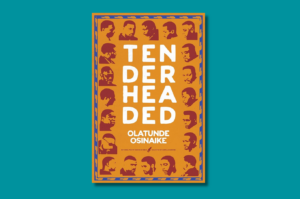
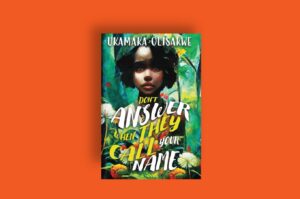
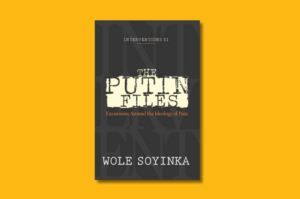
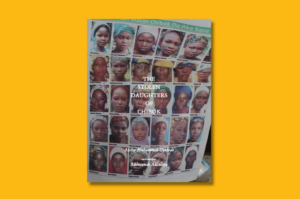
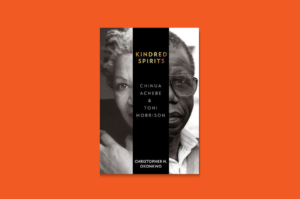

COMMENTS -
Reader Interactions